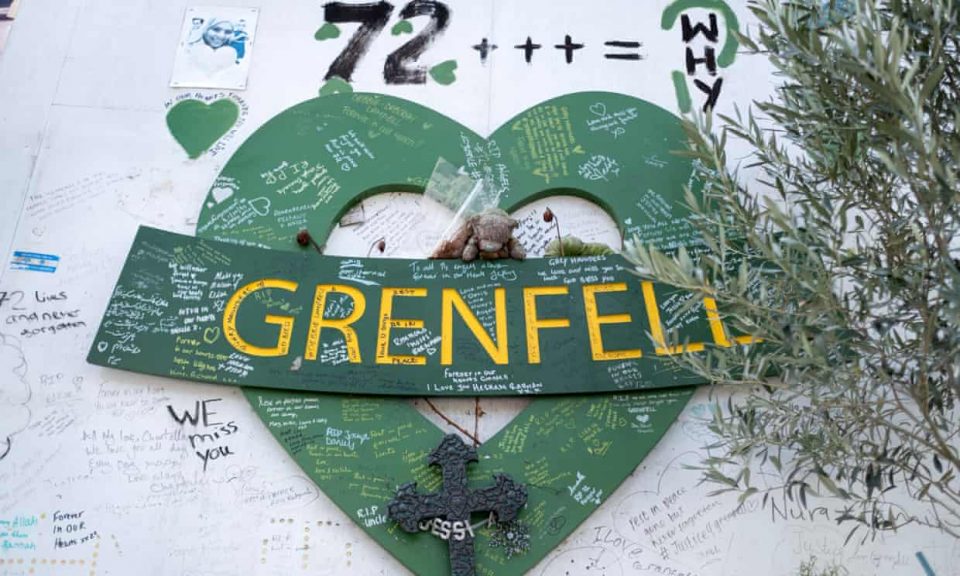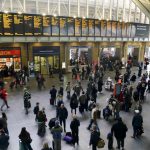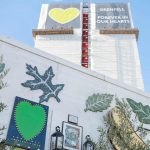Survivors of the Grenfell Tower fire have expressed concern that the impending demolition of the building could lead to the tragic events being “pushed out of sight and forgotten.”
During a meeting on Wednesday, Deputy Prime Minister Angela Rayner informed community members that the 24-storey tower, where 72 lives were lost in June 2017, would be razed to the ground. This announcement has sparked outrage, with accusations that the government is disregarding the perspectives of victims’ families and survivors.
The Grenfell United organization characterized the move as “disgraceful and unforgivable,” stating that it was evident from the discussions that there was no support for Rayner’s decision among the bereaved and survivors.
According to information gathered by The Guardian, demolition work is not expected to commence close to the eighth anniversary of the fire. Officials have suggested that parts of the tower may be repurposed for a memorial.
Government representatives indicated that a prompt decision was prompted by safety concerns regarding the tower’s deteriorating condition.
The Grenfell Tower inquiry’s final report, released in September, determined that the tragedy resulted from “decades of negligence” by the central government in preventing the use of flammable cladding, coupled with the “systematic dishonesty” of certain corporations whose products contributed to the fire’s spread.
Maryam Adam, who was three months pregnant when she escaped the blaze that ignited in her neighbor’s fourth-floor apartment, expressed her desire for the high-rise to remain as a lasting reminder of accountability for those responsible.
Authorities have previously stated that investigators will require until late 2025 to finalize the inquiry, with potential criminal charge decisions expected by the close of 2026.
Adam remarked, “I don’t want the building to be demolished, but I also don’t want it to remain in its current state. It should serve as a lesson to anyone involved in that day about what we endured and the lives we lost—let it be a testament that should not be forgotten. I want that building to remain standing.”
The government had indicated that structural engineering recommendations suggested “the building (or significantly damaged areas) should be methodically dismantled.”
Emma O’Connor, who fled from the 20th floor, noted that there had been some hope that parts of the tower might be preserved.
Appearing on BBC Radio 4’s Today program, she said, “If it’s truly unstable, they should demolish it down to the tenth floor, which is deemed the most precarious, and then create a memorial from the remaining structure. It feels like if it is removed from public view, the individuals responsible will more easily forget about the human lives impacted.”
O’Connor also stated that the community’s inquiries were left unanswered during Wednesday’s meeting. “We were allowed to ask three questions each time, but we received no real responses or clarity on whether the decision could be reversed, ensuring that something meaningful could be established as a memorial.”
A representative from Grenfell Next of Kin, a group for bereaved families, acknowledged that while the decision was “extremely sensitive,” the families “recognize the pressing safety concerns.”
In an online statement, the group added, “The structural challenges have shaped our stance as next of kin. This conversation is uncomfortable, but it is rooted in difficult realities.”
Grenfell United highlighted the emotional distress expressed by the bereaved and survivors during the meeting, stating, “Disregarding the voices of those who lost loved ones regarding the future of what is essentially their gravesite is both disgraceful and unforgivable.”


